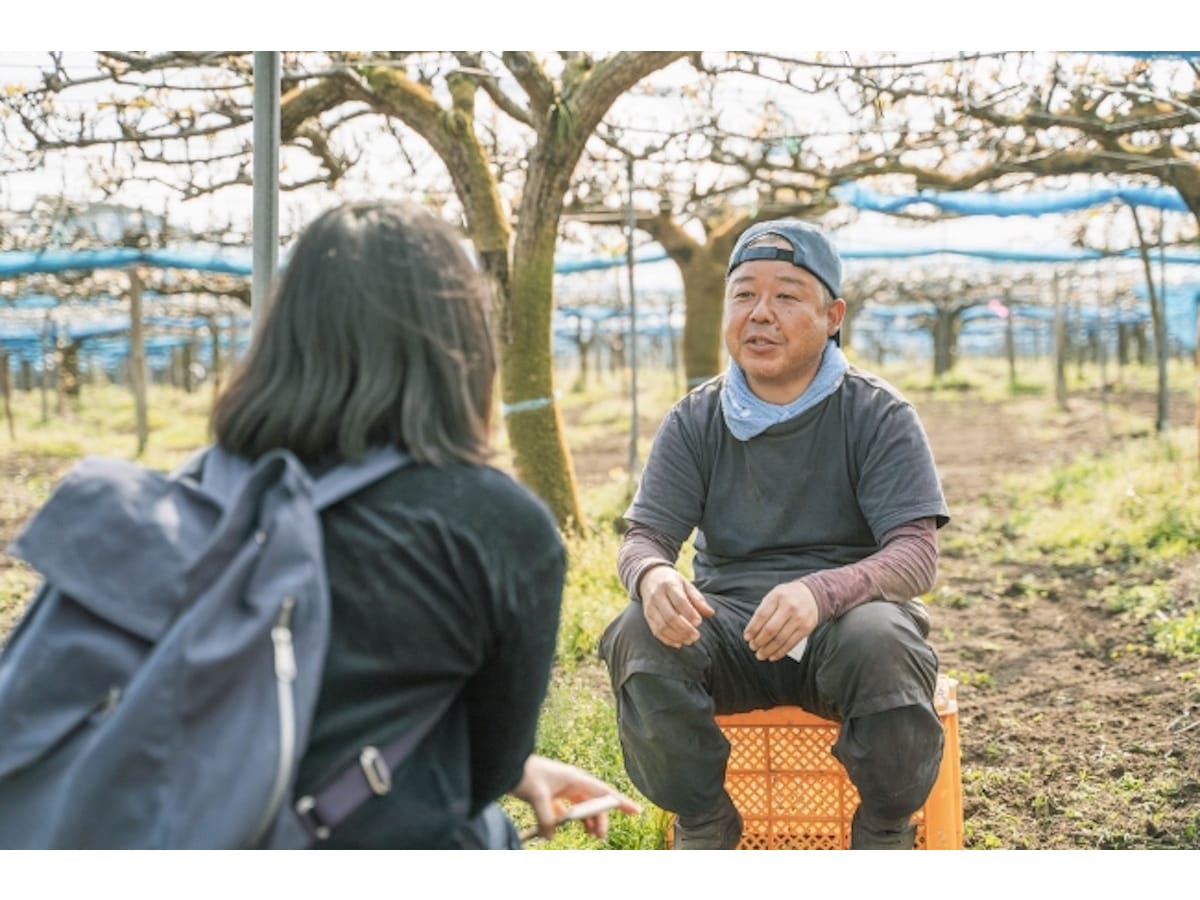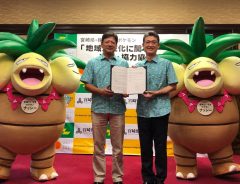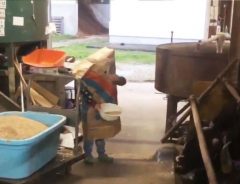
The Furusato Choice blog gives a voice to local farmers.
Miyazaki farmers’ blog celebrates local produce and community
- Tags:
- Farming / furusato nozei / Miyazaki Prefecture / Shintomi-cho
Related Article
-

City girl shows country-living power and impresses with bubble tea made from scratch!
-

Japanese chain helps fight food waste and turns home tables into at-home izakayas
-

Free Wagyu Image Bank “oniku images” Will Meat Your Stock Photo Demands[PR]
-

Who is Miyazaki Prefecture’s favorite Pokemon?
-

[Hidden Wonders of Japan] Preserving Maruyama’s Thousand Rice Paddies
-

Mysterious Superhero “Feed Bag Man” Feeds Cows In Japan While Wearing…A Feed Bag


It is well known that Japan is several decades ahead of other advanced economies when it comes to declining birth rates and the proportion of retirees in the population. But the myriad consequences of population decline, and official responses to it, often go overlooked.
One such response is the so-called ‘hometown tax’ (ふるさと納税, furusato nōzei).
As more young people move from the countryside to urban areas, small towns and villages are unable to raise enough taxes to pay for local services. In an attempt to redress the balance, in 2007 the Japanese government introduced a system that allows taxpayers in urban areas to contribute a portion of their taxes to a rural area. Taxpayers can choose the rural area they’d like to receive their payment; in return, they get a reduction in their income tax liability.
The hope was that the extra funds raised through the hometown tax would allow local governments in rural areas to make rural living more sustainable, staunch the flow of young people away from the countryside and encourage rural families to have more children.
The Koyu Community Development Promotion Organization in Shintomi-cho, Miyazaki Prefecture works with the local government and is funded by the hometown tax. It was set up by a group of local farmers, in response to the financial hardship that many of them were facing as young people moved away.
They set up the Koyu Community Development Promotion Organization in order to build a more robust local economy. If farmers can process their agricultural goods, they reasoned, they can charge more for them, and keep more of their total value in the local economy.
The organisation also saw room for improvement in the way local farmers were publicizing their farm products. If they could make their products more attractive, they could attract more online shoppers, and also boost the amount of money urban taxpayers give them through the hometown tax.
Eel farming in Shintomi-cho has been boosted by cash from the hometown tax. | © PR Times, Inc.
“The key is to match what consumers are looking for with what producers are growing,” says Koyu Foundation Brand Promotion Officer, Yuta Nakayama. “If we can let more people know about delights of Shintomi-cho's products, we can support local producers.”
The Furusato Choice blog is at the forefront of their publicity campaign. The blog is a way of giving a voice to local people and showcasing the wealth of wonderful food being produced in Shintomi-cho. The blog anticipates changes in the seasons, tells readers about fruit and vegetables that are about to come into season, and gives consumers new ideas, such as inspiring recipes.
“The coronavirus has had a big impact on our regular consumption and distribution channels,” says Nakayama. “Shintomi-cho can no longer rely on the usual distribution channels, and this makes the hometown tax more important than ever. Fortunately, the sums raised this financial year are significantly higher than those raised last year.”
Tetsuya Mori has pioneered the cultivation of fragrant lychee in Shintomi. | © PR Times, Inc.
The first issue of the blog, posted on May 2nd, ran a feature about Tetsuya Mori, a Shintomi-cho farmer who has pioneered the cultivation of fragrant lychee in the town. Most lychee consumed in Japan are imported from China, but Mr. Mori’s domestically produced fruit are already proving popular. The head chef at the Café Komusa Ginza uses Mori’s lychee in his cakes and sundaes, and can testify to their exceptional plumpness, sweetness and juiciness.
Future projects include a book celebrating the charm of the farmers and producers of Shintomi-cho, a harvest festival for fans of the town’s vegetables, and a recruitment drive to find people who’d like to produce tea, lychee and other fruit in Shintomi-cho.
“We will continue to disseminate information about producers in Shintomi-cho on a regular basis in the future,” says Yuta Nakayama. “The hometown tax has become indispensable. It has become our point of contact with people from all over the country.”
Here are three useful websites for anyone wanting to know more about the Koyu Community Development Promotion Organization in Shintomi-cho:
You might also like to check out these YouTube videos featuring producers from Shintomi-cho: